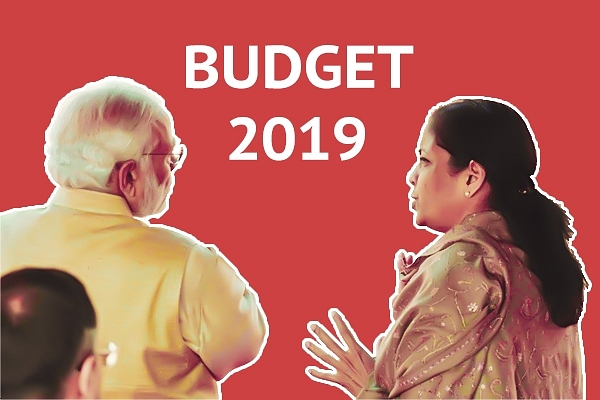
The Good And Bad Of Budget 2019
Four good and five not-that-good things about Nirmala Sitharaman’s first Budget.
The Union Budget for FY 2019-20 was presented today in the Lok Sabha by Finance Minister Nirmala Sitharaman, and here are the good things about it, as also the not-so-good ones.
First, the not-so-good parts of it.
One, the corporate tax rates. Sitharaman announced in her speech that the corporate tax rate for companies with annual turnover of up to Rs 400 crore would be cut from the current 30 per cent to 25 per cent. While this is welcome by itself, the threshold for annual turnover ought to be much higher at Rs 1000 crore. At a time when the government is seeking ways to encourage private investment in economy, a threshold of Rs 1000 crore would have been an unambiguous signal of intent.
Two, the fiscal deficit target at 3.3 per cent of the GDP appears too aggressive. When it is a given that the government is going for an infrastructure push, and when a major proportion of investment is coming from the public sector, a fiscal deficit target of 3.3 per cent appears too tight, and also unwarranted. A relaxation of the fiscal deficit, and using the elbow room for a stimulus package would have been lot more impactful.
Three, the Finance Minister announced a bank recapitalisation of Rs 70,000 crore. Given the scale of the problem at hand, this amount appears less than required.
Fourth, both industry and agriculture were expecting fiscal stimuli. While a few sectors can claim to have got some reliefs, the broad-based fiscal stimulus was still missing.
Fifth, by the time the speech concluded, it was clear that the tag of ‘protectionist’ wouldn’t be inaccurate to describe the exercise.
However, there is much to cheer about in the Budget too.
First, a major relief has been provided to the much beleaguered Non Banking Financial Company (NBFC) sector. The government has announced that it will provide a First Loss Default Guarantee of up to 10 per cent of the pool of high-rated assets that banks may acquire from NBFCs up to Rs. 1 trillion, within the next 6 months.
This is a well-thought out move and will provide immediate liquidity to the NBFC sector, and provide them breathing room to address the issue of toxic assets in their books. This will help them resume the last-mile lending for personal loans, auto loans, consumer durable loans as well as loans to small business, with all its attended second and third order benefits to the economy.
Secondly, the relief to start ups. The Finance Minister in her speech said, “To resolve the so-called ‘Angel Tax’ issue, startups and their investors who file requisite declarations and provide information in their returns will not be subjected to any kind of scrutiny in respect of valuations of share premiums. The issue of establishing the identity of the investor and source of his funds will be resolved by putting in place a mechanism of e-verification. With this, funds raised by startups will not require any kind of scrutiny from the Income Tax Department”.
Not only this, she went ahead to declare that “It will be ensured that no inquiry or verification in such cases can be carried out by the Assessing Officer without obtaining approval of his supervisory officer”. This is a welcome relief to start ups and provides security from an arbitrary enquiry by the taxman.
Third, the inheritance tax turned out to be a rumour, and thankfully so. Any such tax would have likely hurt sentiment sharply, and could have been an administrative nightmare too. What remains to be answered is why the government did not do anything to quell the rumours around it in the last few days.
But not only inheritance tax, no new tax as such was introduced, and neither were the rates for any tax raised, except for the super-rich. This is a major relief, given the extent of fiscal pressures on the government.
Fourth, the focus on welfare and infrastructure. For one, Sitharaman announced that between FY 2020-22, 1.95 crore houses would be constructed under the Pradhan Mantri Awas Yojana and handed to eligible beneficiaries. Second, the focus on piped water to all rural houses by 2024. These, combined with the push on infrastructure projects, would very likely have second and third order positive effects on the economy which would be seen in the next few years.
Overall, this is a good budget for the start of a new term for this government, and one hopes that directionally this is carried forward in future years.